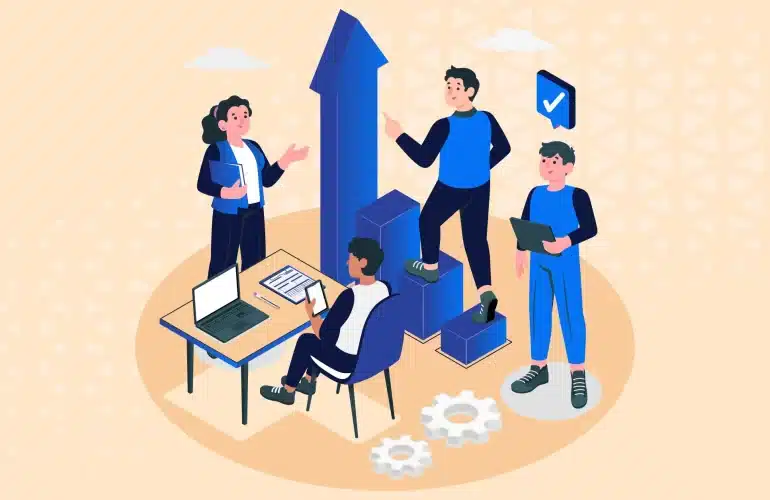Key Takeaways
- Unwritten rules can create significant stress for employees, particularly Gen Z.
- The majority of job changes are driven by relationships with managers rather than pay.
- Approachability is key; leaders must make themselves available to foster communication.
- Lack of recognition demotivates employees; positive feedback is crucial for engagement.
- Gen Z is less likely to conform to unwritten rules; managers should actively engage employees.
- Personal outreach from leadership can significantly improve employee morale and relationships.
In today’s rapidly shifting work environment, the impact of unwritten rules reveals itself as a significant point of tension, especially among Gen Z employees. Understanding and addressing these nuances can not only enhance productivity but also foster a more engaging and supportive workplace culture.
Understanding Unwritten Workplace Rules
Unwritten rules in the workplace refer to norms and expectations not officially documented but widely understood and practiced within an organization. These invisible guidelines influence how employees interact, share information, and advance in their careers.
The Stress Factor
- Gen Z Sensitivity: Unwritten rules can be particularly stressful for Gen Z employees, who are generally less tolerant of ambiguity and more vocal about workplace fairness.
- Communication Breakdown: These rules often lead to misunderstandings and unaddressed grievances, escalating stress and dissension among teams.
The Manager-Employee Relationship
When examining why employees leave their jobs, studies frequently cite the relationship with a manager as a more compelling reason than salary concerns.
Key Points of Friction
- Manager Approachability: Employees feel distant from managers who are inaccessible or indifferent. It’s essential for leaders to be approachable, promoting an open door policy where discussions are encouraged.
- Recognition and Validation: Recognition acts as a powerful motivator. Acknowledging achievements and contributions can sustain morale and encourage continued excellence. Conversely, consistent lack of appreciation can lead to disengagement and attrition.
The Gen Z Perspective
- Rejection of Conformity: Gen Z employees are notable for their unwillingness to blindly accept traditional workplace norms if they seem outmoded or unfair.
- Demand for Engagement: This generation values meaningful work relationships and clear pathways for communication, often seeking workplaces that reflect their own values and priorities.
Strategies for Positive Change
To bridge the gap between traditional workplace dynamics and contemporary employee expectations, organizations and managers can employ the following strategies:
- Enhance Approachability: Encourage leaders to actively create spaces of openness and trust. Simple acts such as regularly scheduled office hours or informal check-ins can facilitate better communication.
- Boost Recognition Programs: Develop a robust recognition program tailored to highlight achievements big and small, making sure that appreciation is timely and specific.
- Facilitate Personal Outreach: Encourage personal interactions between leadership and staff. Personalized communication during times of organizational change or even routine operations can significantly enhance morale.
- Customize HR Practices for Gen Z:
- Career Development: Create clear pathways for career advancement and skill development, aligning them with Gen Z’s desire for growth and meaningful work.
- Feedback Systems: Implement regular feedback loops that allow Gen Z employees to share their opinions and contribute to decision-making processes.
A conscious effort to recognize and dismantle unwritten rules in the workplace can lead to more equitable and stress-free environments. By promoting openness, recognizing contributions, and engaging meaningfully with employees, businesses will not only retain talent but also inspire a culture of mutual respect and productivity.




